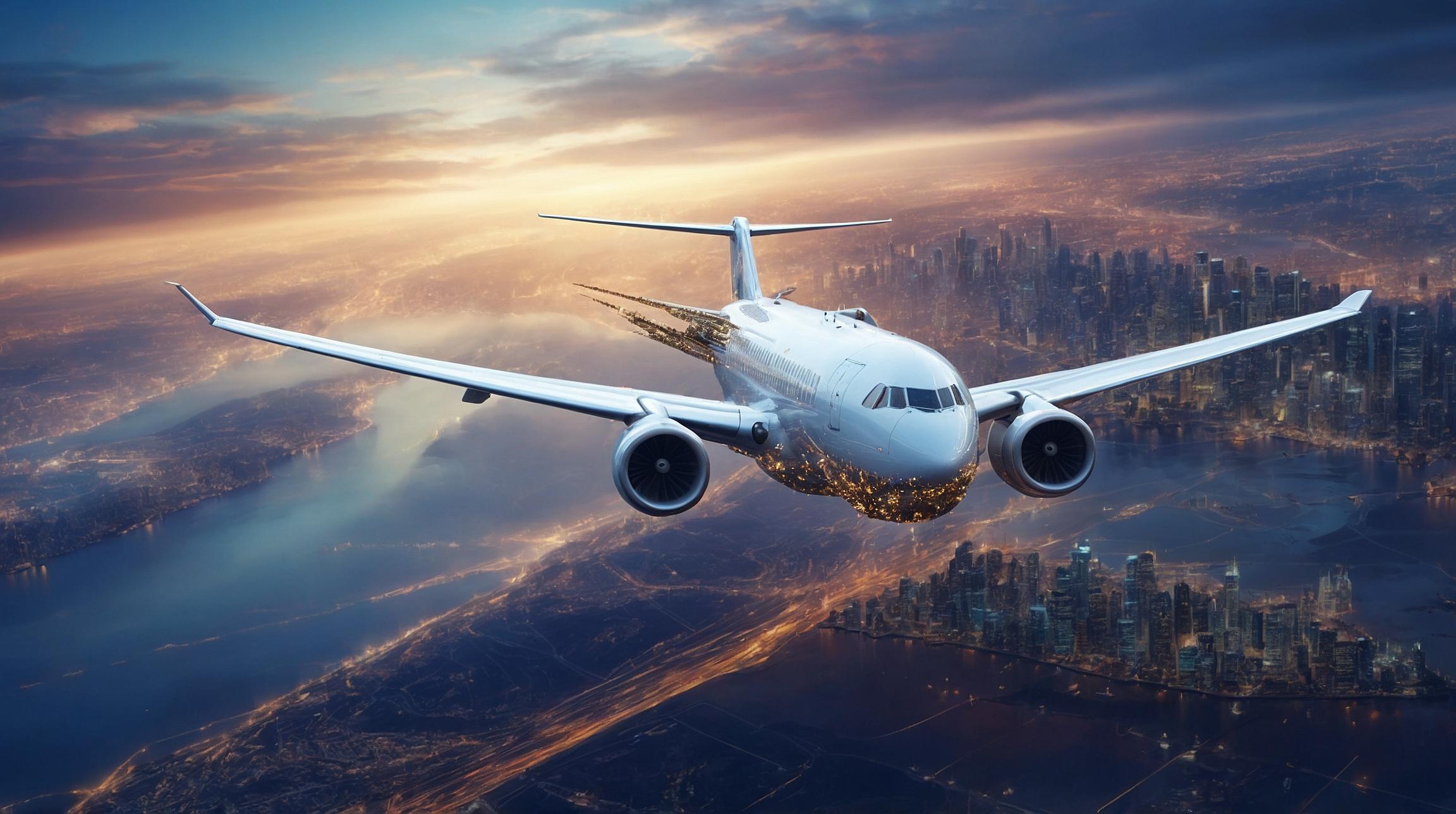FAA Proposes Standardized Cybersecurity Rules for Aircraft
The Federal Aviation Administration (FAA) is taking a significant step forward in enhancing the safety of modern aircraft by proposing standardized cybersecurity rules. As aircraft become more intertwined with both internal and external data networks, the need for consistent and robust cybersecurity measures has grown. This initiative is aimed at simplifying the current airworthiness certification process, which until now has been handled on a case-by-case basis.
Current Practices and the Need for Standardization
Since 2009, starting with the Boeing 787, each new aircraft design has been subject to unique rules known as "special conditions". These conditions address specific cybersecurity needs, making the certification process time-consuming and costly for both manufacturers and the FAA. The proposed regulations are poised to streamline this process by creating a standardized set of cybersecurity requirements, thus reducing the burden on applicants and aligning FAA policies with other global aviation authorities, particularly those in the European Union.
Cybersecurity Threats in Aviation
Aircraft are increasingly exposed to various cybersecurity vulnerabilities. These threats can arise from multiple sources such as maintenance laptops, airport gate-link networks, public networks, wireless aircraft sensors, USB devices, and satellite communications. The proposed cybersecurity standards are designed to protect against these vulnerabilities by ensuring that manufacturers implement systems that:
- Isolate or protect aircraft systems from unauthorized access.
- Prevent unintended changes to critical airplane equipment, systems, and networks.
- Establish ongoing procedures for maintaining cybersecurity for future aircraft operators.
Requirements for Manufacturers
Under the new rules, manufacturers of "transport category" airplanes, engines, and propellers will be required to defend against intentional unauthorized electronic interactions that could impact safety — termed as IUEI. This involves conducting a comprehensive security risk analysis to identify potential threats, applying multi-layered protection strategies, and incorporating procedures for maintaining cybersecurity in the aircraft's maintenance instructions.
Focus on Safety
It's important to note that these rules specifically target cybersecurity threats that could directly affect an aircraft's safety or operational capabilities. Other cyber threats, such as those affecting personal data like passenger credit card information, are governed by different regulations.
The FAA is currently welcoming public comments on the proposed rules until October 21, offering stakeholders an opportunity to influence the final regulations.
This move by the FAA represents a critical shift towards a more unified and secure aviation environment, ensuring that as technology advances, safety remains a top priority.













